How much does an engagement ring cost?
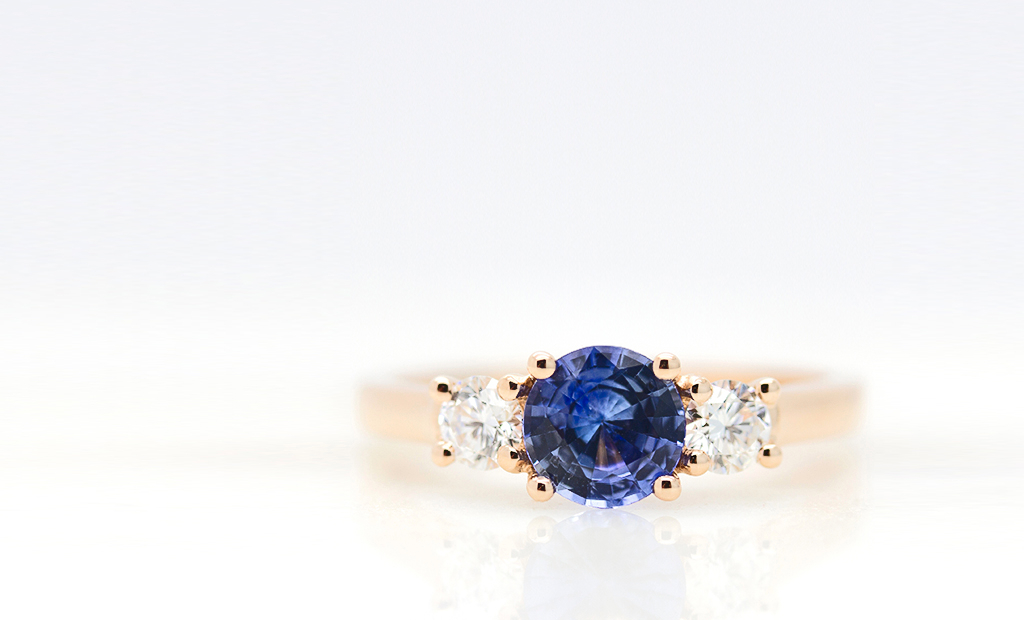
If you’ve ever thought about proposing, you’ll have wondered how much is reasonable to spend on an engagement ring.
This article gives you a few tips on how much each element of an engagement ring can affect its cost and how you can maximise your value for money.
Once you know the price breakdowns of each engagement ring element, you can comfortably set your own budget and understand what you’re actually spending your money on.
What most affects the price of an engagement ring?
The main element that will affect the price of an engagement ring is the type of diamond or coloured gemstone and its quality characteristics. For example, when creating a solitaire engagement ring, the centre stone will often make up around 80% of the ring’s value.
So how do I decide what carat weight to go for?
A diamond’s carat weight refers to the weight of a diamond, not its size. A one-carat diamond simply equates to 0.2 grams of diamond.
To give you an insight into how a diamond’s carat weight affects its price, here is an average list of prices for a traditional solitaire engagement ring with a round centre diamond with a clarity of SI1 and a colour grade I, set in 18-carat white gold:
0.30ct – £971
0.50ct – £1,691
0.75ct – £2,936
1.00ct – £5,163
A diamond’s shape, colour, cut and clarity will also affect a diamond’s price. Alternatively, you can visit a local diamond retailer and check with them.
How can I accentuate my ring’s appearance?
There are so many ways to design a ring in order to accentuate the size and appearance of your chosen centre stone. Here are some ways to ensure your diamond or gemstone is displayed the best way it can be.
Fancy shape centre stones
It’s worth noting that diamonds of the same carat weight, but of a different shape will be priced differently. Round diamonds carry a premium over other shapes like a cushion, oval or princess cut because they produce the most waste in their cutting process.
The chart below shows the prices of a one-carat diamond in various shapes:
Coloured stones
With only one carat out of every 10,000 mined being a natural fancy colour diamond, their rarity and preciousness carries a premium.
A great way to include coloured diamonds in your design is by featuring them in the halo or pavé setting, which would carry a lower price point. Alternatively, sapphires, rubies and emeralds are a popular choice for a vibrant splash of colour. They tend to carry a slightly lower price point, which usually means you can allocate more of your price point to your centre stone.
Diamond colour grades for different metals
If you want a traditional white diamond, you have the option to go lower on colour grade if you’re having your diamond set in yellow or rose gold. Due to the very slight yellow tint in diamonds graded as ‘near colourless’ (G-J), their colour may be more apparent in bright white metal, but would be masked when set against warmer tones of yellow or rose gold.
Trilogies
A trilogy engagement ring is simply a design style that features three stones at its centre. Each of the three stones singularly symbolises your past, present and future together as a couple.
Many people think that a trilogy is out of their price range because there are three stones; however, the flanking stones will typically cost far less than the centre stone.
Halos
A halo of diamonds or other precious stones surrounding your centre stone is a great way to enhance the overall appearance of your ring. The halo gives the illusion of the centre stone being larger than it actually is, while also providing a dramatic, cluster effect to your design.
Ranges of mount prices
The mount or the metal of an engagement ring affects the overall price because the metal value is charged in grams. The heavier your design, the higher the price. If you’re trying to stick to a tight budget, going thinner on your band width or tapering the band at either side of the centre stone will reduce the weight of your ring.
What shouldn’t I compromise on?
Great! So I know how to accentuate the appearance of my ring. What shouldn’t I compromise on?
Lab
The Gemological Institute of America is an international non-profit organisation dedicated to producing consistent, accurate and unbiased grading reports. Each stone is graded twice, by different graders, to ensure they arrive at the same grading report.
While there are other diamond grading laboratories available, diamonds graded by the GIA are certainly the most highly valued and respected in the industry.
Cut and clarity
Given only to round diamonds, cut refers to the balance of proportions achieved by the diamond cutter, not the diamond’s shape. For the greatest brilliance and fire, opt for “very good” and “excellent” cut grades.
While diamonds are forming deep in the earth, they develop natural birthmarks – slight irregularities and features that are visible to a skilled grader under 10x magnification. These are collectively known as “clarity characteristics”.
Depending on the size, quantity, placement, tone or colour of these characteristics, they may or may not be visible to the naked eye. This is why a truly flawless diamond is so rare, but that doesn’t mean you can’t find a diamond that appears flawless to the naked eye.
Platinum vs white gold
Platinum and 18ct white gold share a similarly bright, white appearance. To give white gold its sought-after bright sheen, white gold engagement rings are plated with rhodium. With time, rhodium plating will wear away and need replacing every 12-24 months to maintain its lustre and radiance.
Platinum engagement rings don’t require the same level of maintenance due to its natural white colour.
Ultimately, there is no “right” answer for calculating what you should spend on an engagement ring. Dispel the myths and spend what you’re comfortable with.
The editorial unit



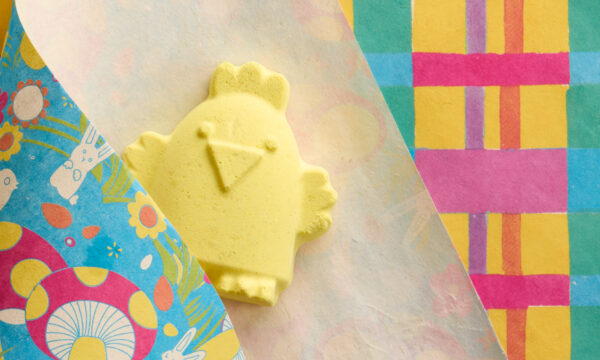
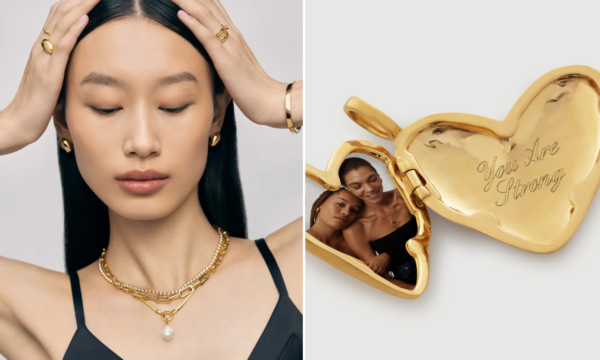
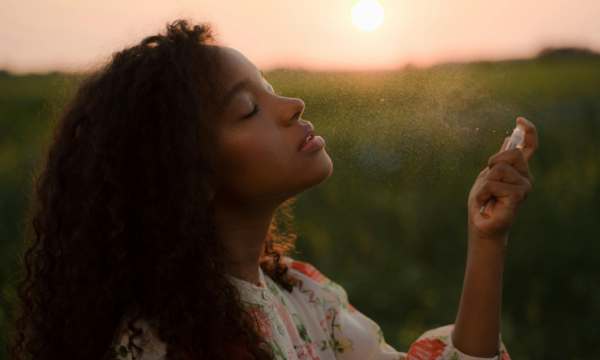


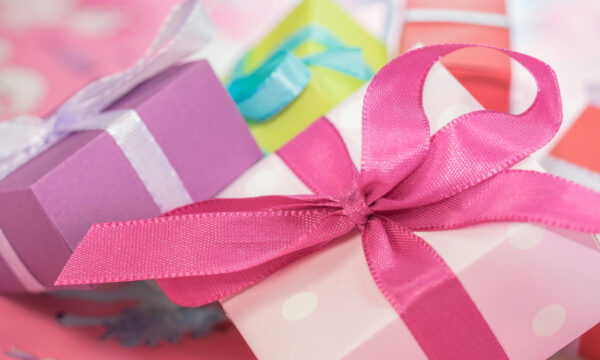
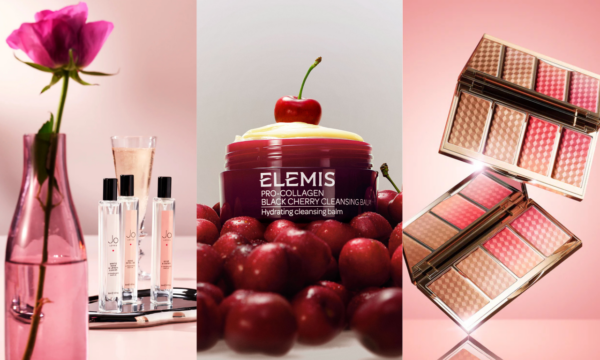







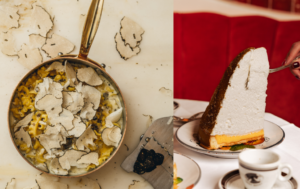
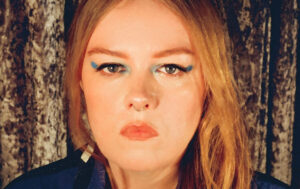






Facebook
Twitter
Instagram
YouTube
RSS